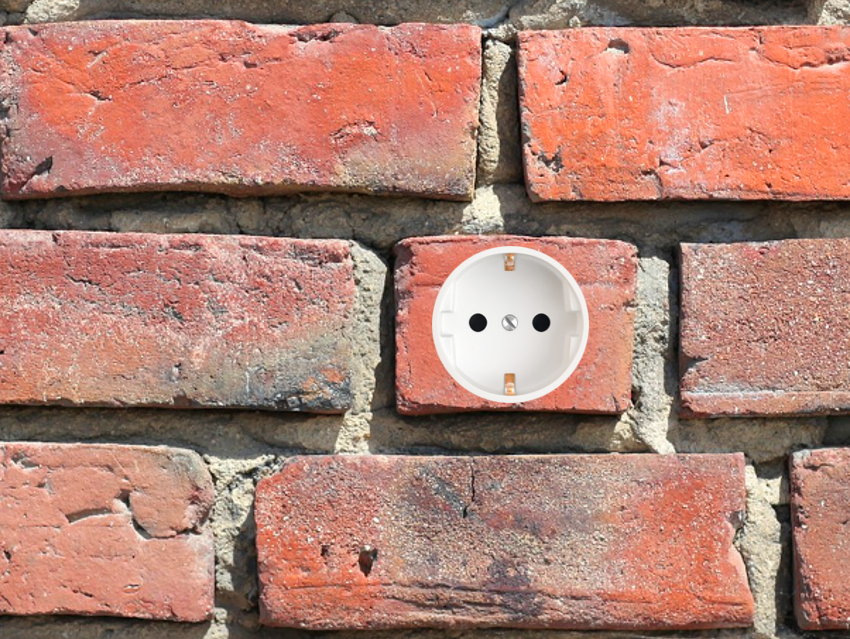Fired brick is often used for building blocks. The material consists mostly of silica (SiO2), alumina (Al2O3), and hematite (α-Fe2O3)2. The iron content and the porous structure make it possible to convert bricks into efficient electrode materials.
Julio M. D’Arcy, Washington University in St. Louis, MI, USA, and colleagues have developed a new type of supercapacitor made from fired bricks. The team used the bricks’ hematite as a reactant in the vapor-deposition of a nanofibrillar coating of the conducting polymer PEDOT (poly(3,4-ethylenedioxythiophene). The team dissolved hematite in the bricks at 160 °C using HCl vapor. This leads to the formation of FeOOH nuclei, which induce oxidative radical polymerization of a 3,4-ethylenedioxythiophene (EDOT) monomer vapor. The polymerization gives a nanofibrillar PEDOT coating within 4–14 hours, which increasing thickness at longer reaction times.
Using two PEDOT-coated bricks as electrodes and a poly(vinyl alcohol)/H2SO4 gel as both electrolyte and separator, the team built symmetric supercapacitors. The devices were coated with epoxy to seal them. When connected in series, the coated bricks form a stable, waterproof supercapacitor module. The device can store energy at temperatures between −20 °C and 60 °C.
- Energy storing bricks for stationary PEDOT supercapacitors,
Hongmin Wang, Yifan Diao, Yang Lu, Haoru Yang, Qingjun Zhou, Kenneth Chrulski, Julio M. D’Arcy,
Nat. Commun. 2020.
https://doi.org/10.1038/s41467-020-17708-1



